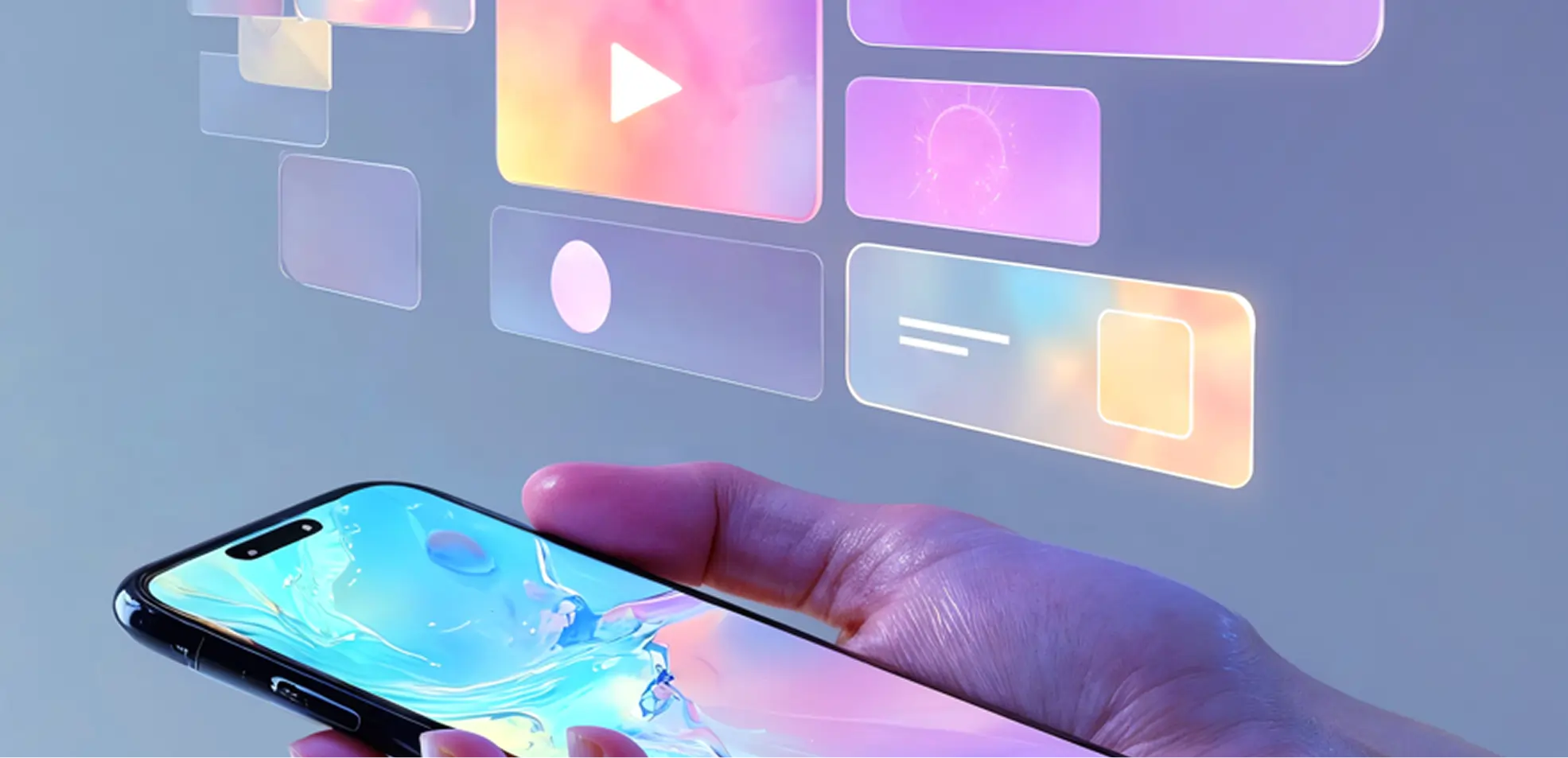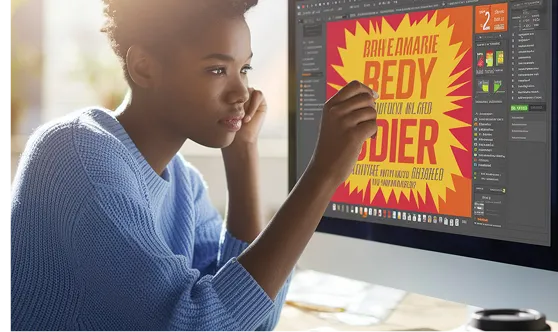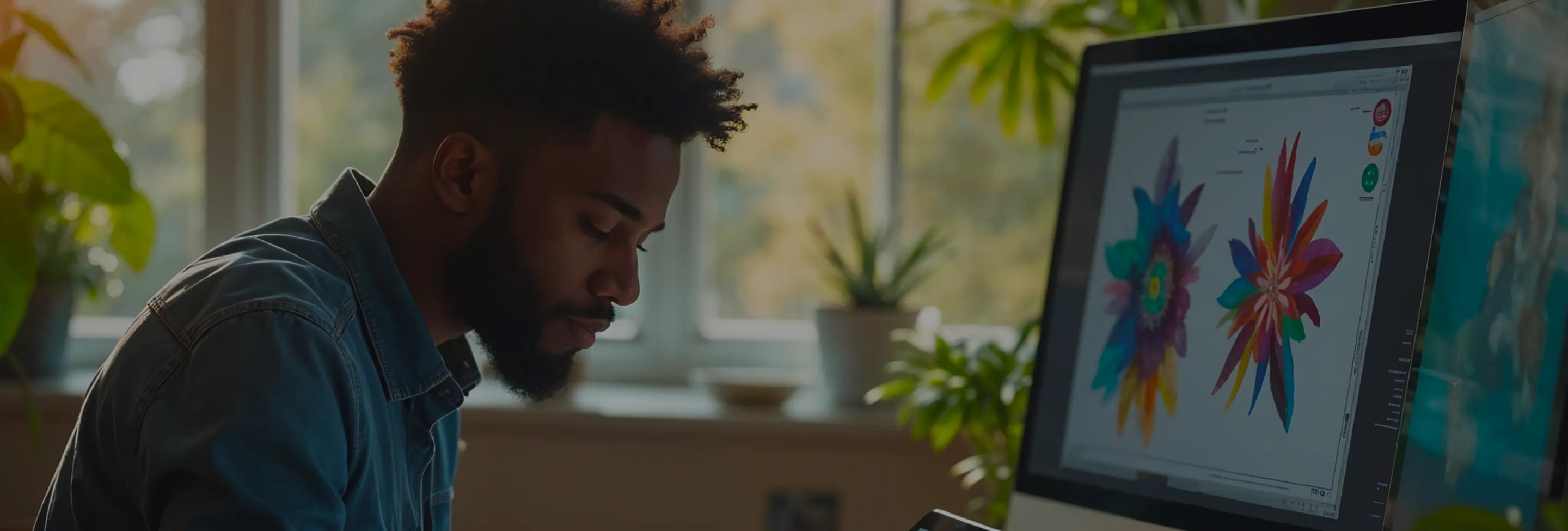
When launching a startup, design decisions can make or break your product's success. Through analyzing feedback from over 1,500 early-stage startups, we've identified the top questions designers grapple with—from establishing a brand identity to optimizing user experience under resource constraints. This comprehensive Q&A delves into these pivotal areas, providing actionable insights to help your startup thrive.
A: In a startup, designers wear multiple hats, often blending roles that might be separate in larger companies. Their primary responsibilities include:
Example: At a tech startup, a designer might develop wireframes for a new app feature, conduct user testing to gather feedback, iterate on the design, and collaborate with developers to ensure seamless implementation.
A: Startup designers often operate in a more dynamic and resource-constrained environment compared to their counterparts in larger organizations. Key differences include:
Real-World Example: A designer at a startup might simultaneously manage the visual design of the product, create marketing materials, and assist in developing the company's website, whereas in a larger firm, these tasks could be distributed among specialized teams.
A: Developing an effective design strategy involves several key steps:
Understand the Product and Market:
Define User Personas and Journeys:
Establish Design Principles:
Create Wireframes and Prototypes:
Iterate Based on Feedback:
Collaborate with Development:
Actionable Tip: Use tools like Figma or Sketch to create collaborative wireframes and prototypes that can be easily shared and iterated upon with your team.
A: Incorporating user feedback is crucial for creating products that resonate with your audience. Here's how startups can do it effectively:
Set Up Feedback Channels:
Conduct Usability Testing:
Analyze Feedback Systematically:
Iterate and Validate:
Communicate with Stakeholders:
Example: A startup may receive recurring feedback that the onboarding process is too lengthy. By simplifying the steps and testing the new flow, they can enhance user retention and satisfaction.
A: Startup designers should leverage tools that enhance collaboration, streamline workflows, and support versatile design needs. Essential tools include:
Figma: A cloud-based design tool ideal for real-time collaboration, allowing multiple team members to work on designs simultaneously.
*Pros:* Excellent for collaborative design, extensive plugin ecosystem.
*Cons:* Requires stable internet connection for optimal performance.
Sketch: A macOS-based tool known for its robust UI design capabilities and extensive plugin support.
Adobe XD: Offers seamless integration with other Adobe products and supports interactive prototypes.
InVision: Useful for creating interactive prototypes and gathering feedback through user testing.
Zeplin: Facilitates handoff between designers and developers by providing detailed design specifications.
Configuration Sample: Setting up a shared Figma workspace with organized folders for different projects ensures that all team members have access to the latest design assets.
Workspace Setup:
- Project A
- Wireframes
- High-Fidelity Designs
- Prototypes
- Project B
- Branding Assets
- UI Kits
- Component Libraries
Important Note: Choose tools that integrate well with your existing tech stack to maximize efficiency and minimize context switching.
A: Version control is crucial for managing design iterations and collaborating effectively. Here's how startup designers can implement it:
Use Cloud-Based Design Tools:
Implement Naming Conventions:
Example: Homepage_v1.0, Homepage_v1.1_FeedbackIntegration
Leverage Git for Design Assets:
git init design-assets
git add .
git commit -m "Initial commit of design assets"
Document Changes:
Collaborate Through Branching:
Troubleshooting Tip: If design files become cluttered, regularly prune outdated versions and archive completed projects to maintain clarity.
Important Note: Consistent version control practices prevent confusion and ensure that all team members are aligned with the latest design iterations.
A: Developing a strong brand identity involves several strategic steps:
Define Brand Purpose and Values:
Identify Target Audience:
Conduct Competitive Analysis:
Create Visual Elements:
Establish Brand Guidelines:
Apply Branding Across Touchpoints:
Actionable Tip: Use tools like Adobe Illustrator for logo creation and platforms like Canva for developing basic brand assets if resources are limited.
Real-World Example: Airbnb's unique logo, "Bélo," symbolizes belonging, aligning with their mission to create a sense of community among users.
A: Startups should steer clear of the following branding pitfalls:
Inconsistent Branding:
Overcomplicating the Design:
Neglecting Target Audience Preferences:
Lack of Differentiation:
Ignoring Brand Evolution:
Misconception Addressed: "A logo alone defines the brand." In reality, branding encompasses a comprehensive identity, including visual elements, messaging, and user experience.
Troubleshooting Tip: Regularly solicit feedback on branding elements and be willing to iterate to better align with audience expectations and market trends.
A: A seamless onboarding experience is critical for user retention. To design an effective onboarding process:
Simplify the Process:
Provide Clear Instructions:
Highlight Key Features:
Incorporate Interactive Elements:
Allow Skipping and Returning:
Gather Feedback:
Practical Example: Duolingo uses gamification elements in its onboarding to make the process engaging, setting clear goals and rewarding users for completing initial lessons.
Code Example: Implementing a multi-step form using React and Formik.
import React from 'react';
import { Formik, Form, Field } from 'formik';
const OnboardingForm = () => (
<Formik
initialValues={{ name: '', email: '' }}
onSubmit={values => {
// Handle form submission
console.log(values);
}}
>
{() => (
<Form>
<label>Name:</label>
<Field name="name" type="text" />
<label>Email:</label>
<Field name="email" type="email" />
<button type="submit">Get Started</button>
</Form>
)}
</Formik>
);
export default OnboardingForm;
Important Note: Test the onboarding flow with real users to identify friction points and iterate accordingly.
A: Enhancing mobile app usability involves:
Responsive and Intuitive Design:
Optimize Loading Times:
Ensure Accessibility:
Provide Clear Feedback:
Simplify User Flows:
Conduct Regular Usability Testing:
Practical Example: Instagram's streamlined upload process, with clear icons and minimal steps, allows users to share photos quickly and effortlessly.
Troubleshooting Tip: Use analytics tools to monitor user behavior within the app, identifying drop-off points that may indicate usability issues.
A: Effective collaboration in remote settings can be achieved through:
Utilize Collaborative Tools:
Establish Clear Communication Channels:
Set Regular Meetings:
Document Design Decisions:
Leverage Version Control:
Foster a Culture of Feedback:
Actionable Tip: Implement a design review process where team members can provide feedback asynchronously, allowing flexibility across different time zones.
Example: A startup might use Miro for collaborative brainstorming sessions, enabling team members to contribute ideas visually regardless of their location.
A: Presenting design work to non-design stakeholders requires clear communication and strategic framing:
Understand Your Audience:
Start with the Problem:
Show the Solution:
Use Visuals Effectively:
Explain the Rationale:
Highlight the Impact:
Be Open to Feedback:
Practical Example: When presenting a new feature design to the marketing team, emphasize how the design supports user acquisition goals and aligns with the overall marketing strategy.
Important Note: Avoid excessive design jargon; ensure explanations are accessible to all stakeholders regardless of their design knowledge.
A: Maintaining design consistency during growth involves:
Develop a Design System:
Document Design Guidelines:
Implement Version Control:
Onboard New Designers Effectively:
Conduct Regular Design Reviews:
Encourage Cross-Functional Collaboration:
Actionable Tip: Utilize tools like Storybook to create a living documentation of UI components, making it easier for the team to reference and use them consistently.
Real-World Example: Atlassian's design system, Atlaskit, provides a comprehensive set of guidelines and components that ensure consistency across all their products and teams.
A: Scaling design operations effectively requires strategic planning and resource management:
Automate Routine Tasks:
Invest in Training:
Hire Specialized Roles:
Leverage Design Systems:
Implement Efficient Feedback Loops:
Prioritize Design Projects:
Troubleshooting Tip: If quality begins to slip, reassess workflows and identify bottlenecks or resource gaps that need addressing.
Example: Dropbox scaled its design team by developing a comprehensive design system and hiring dedicated roles for research and user testing, maintaining high-quality user experiences across their platform.
A: Startups often encounter several design challenges:
Limited Resources:
Rapidly Changing Requirements:
Balancing Speed and Quality:
Maintaining User-Centric Focus:
Cross-Functional Misalignment:
Scaling Design with Growth:
Misconception Addressed: "Design in startups can be an afterthought due to resource constraints." In reality, strategic design is essential for product differentiation and user satisfaction, often crucial for startup success.
Troubleshooting Tip: Regularly assess the design workflow to identify inefficiencies and implement incremental improvements to enhance overall productivity and quality.
A: Ensuring accessibility involves designing products that are usable by people with diverse abilities. Startups can achieve this by:
Adhering to Accessibility Standards:
Implementing Semantic HTML:
Ensuring Sufficient Color Contrast:
Providing Text Alternatives:
Designing Keyboard-Navigable Interfaces:
Conducting Accessibility Testing:
Practical Example: Implementing ARIA (Accessible Rich Internet Applications) labels in a web application enhances navigation for users relying on assistive technologies.
<button aria-label="Close Modal">
<svg><!-- SVG icon --></svg>
</button>
Important Note: Accessibility is not a one-time effort but an ongoing commitment to inclusivity and usability for all users.
Designing for a startup involves navigating unique challenges and leveraging opportunities to create impactful, user-centric products. By addressing the critical questions outlined in this expert Q&A, startup designers can build strong foundations, foster collaboration, and scale effectively, ensuring their designs not only meet user needs but also drive business success.




Subscribe to our newsletter to receive $100 off your first month of Tapflare's flat rate unlimited design and development service. Your coupon code will be sent to your email.